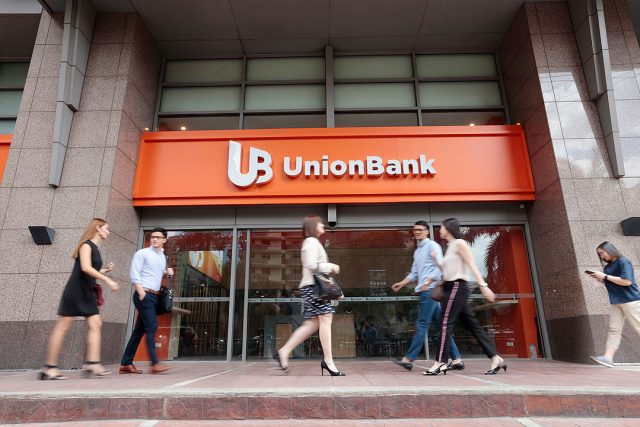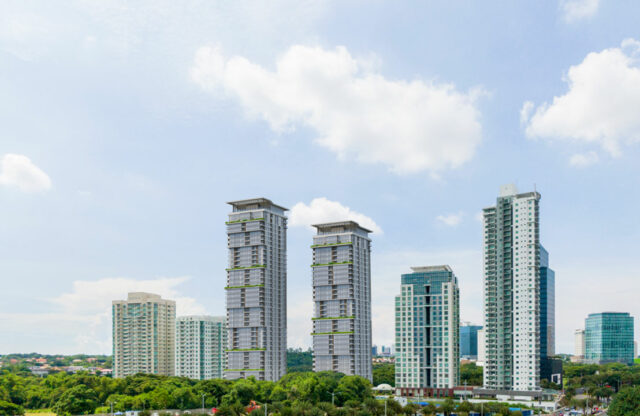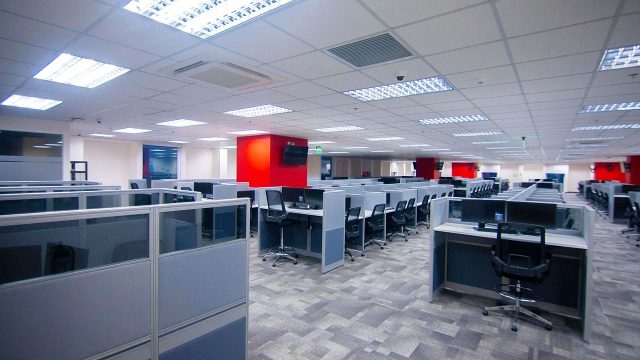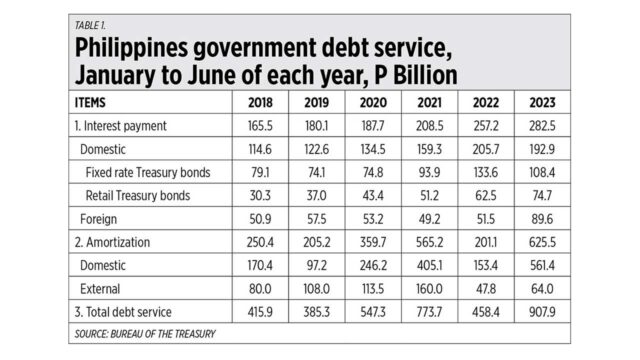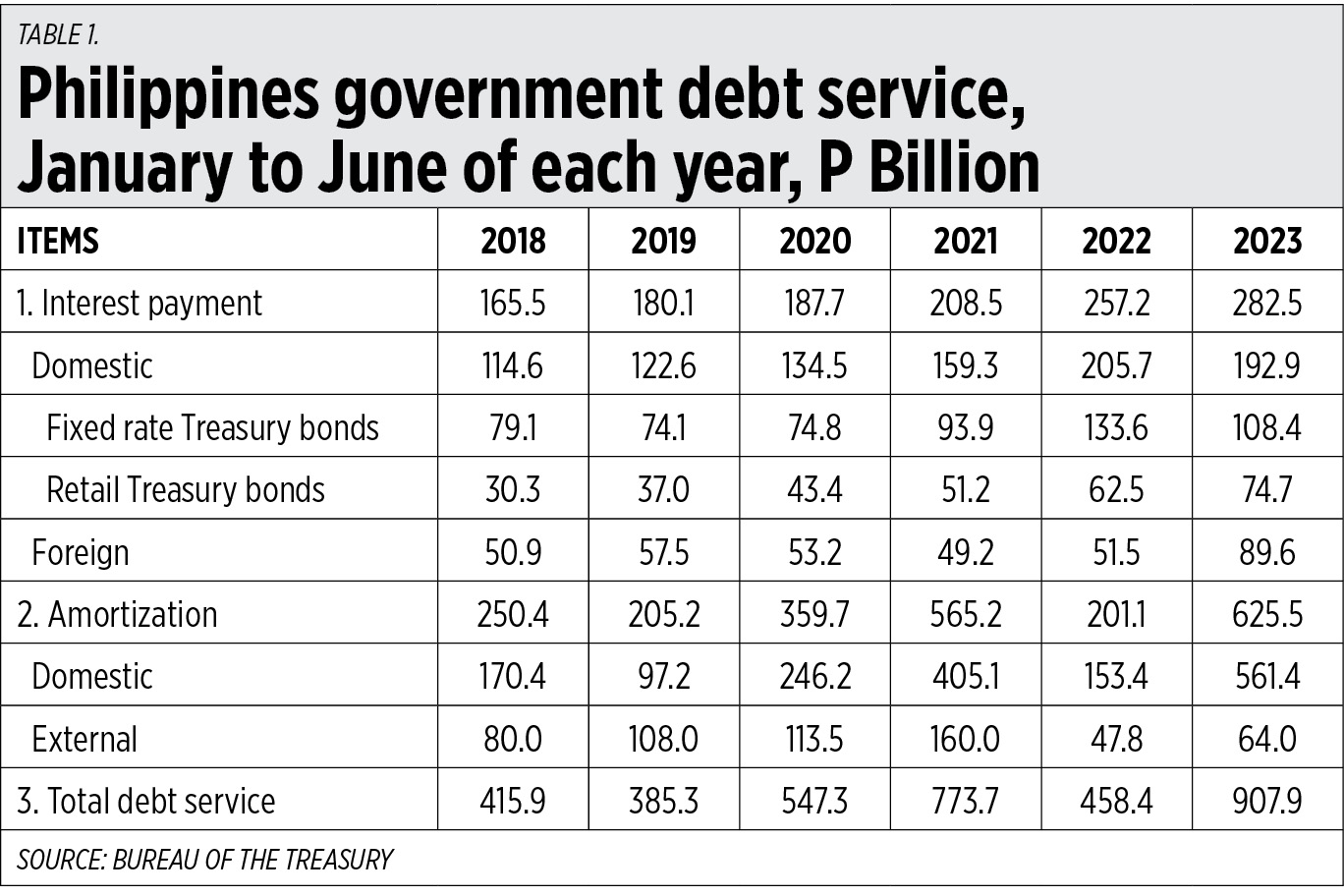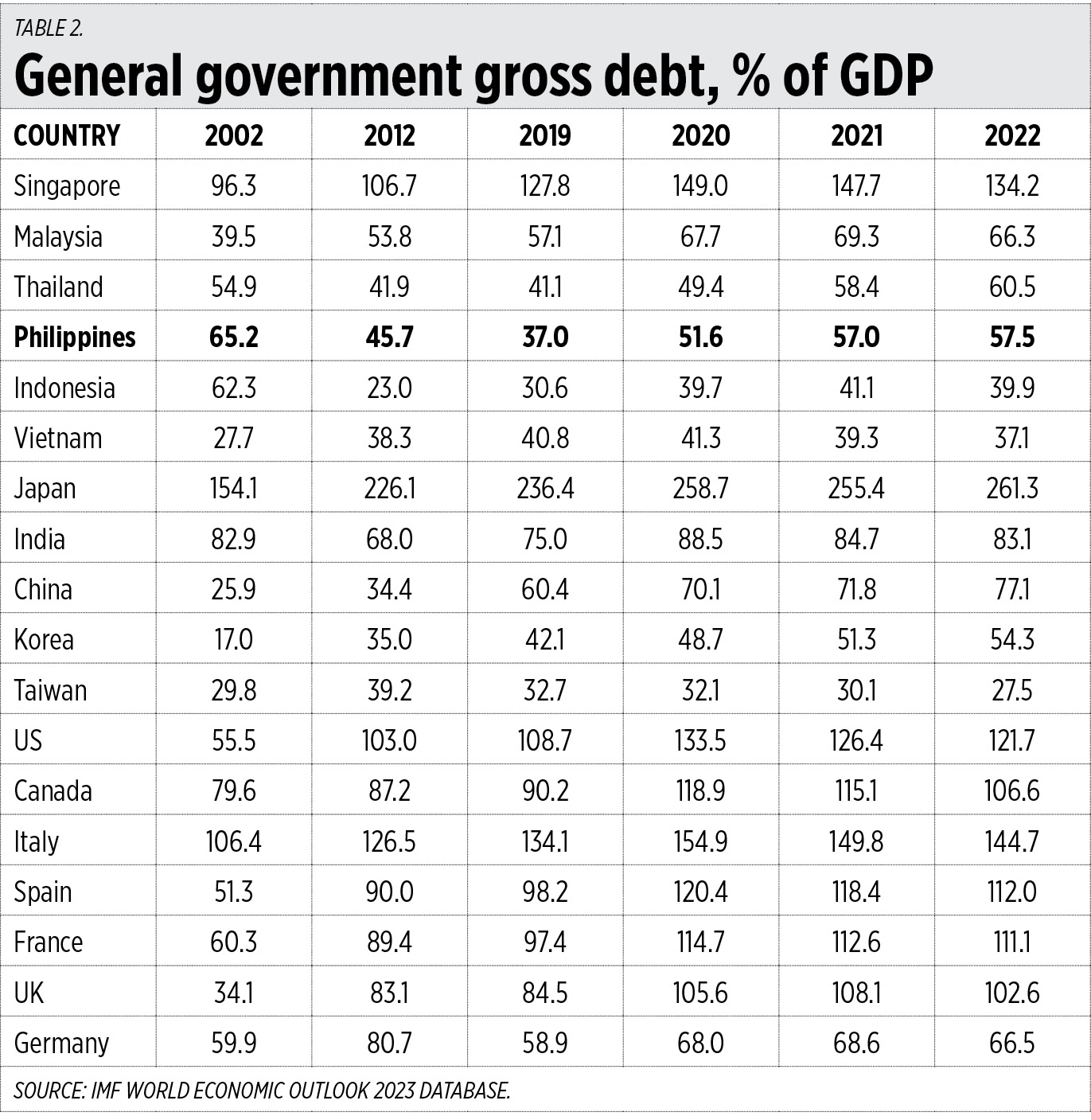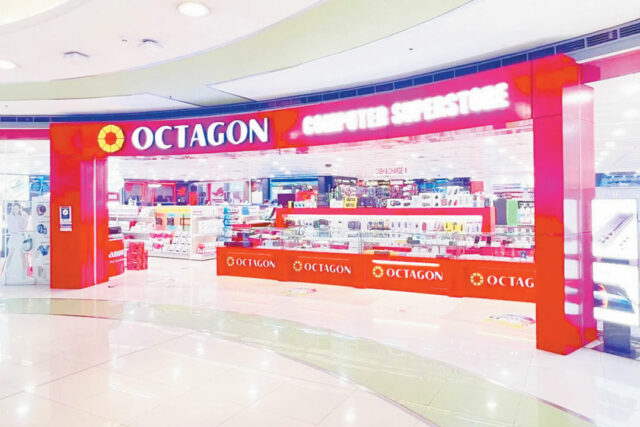UnionBank’s earnings rise by 6% in the first semester
UNION BANK of the Philippines, Inc. (UnionBank) booked a net profit of P6.4 billion in the first six months of the year amid growth from its consumer businesses.
The bank said in a statement on Monday that its net income in the first half was up 6% from P6.06 billion as of end-June 2022.
UnionBank’s quarterly report was not available as of press time.
“All our consumer business-engines are running (at) full speed. We now have over 12 million customers. The acquired Citi business is contributing around one-third of our income today. CitySavings continues to be a market leader in providing salary loans. UnionDigital is already profitable and growing fast,” UnionBank President and Chief Executive Officer Edwin R. Bautista said.
“This kind of momentum gives me confidence that UnionBank will achieve its goal of becoming the largest and most profitable retail bank in the Philippines by 2025,” he added.
UnionBank completed its acquisition of Citigroup, Inc.’s Philippine retail banking business in August 2022. The transaction was valued at P55 billion.
City Savings Bank, Inc. is UnionBank’s thrift bank subsidiary, while UnionDigital Bank is the lender’s online bank.
The Bangko Sentral ng Pilipinas (BSP) granted UnionDigital its digital banking license in July 2021. It began operations a year later.
UnionBank’s net revenues rose by 60% year on year to P34.4 billion in the January-June period.
Meanwhile, net interest income increased by 41% to P24 billion from P16.97 billion a year ago on the back of a “43% increase in the bank’s loan portfolio plus better net interest margin.”
UnionBank’s net interest margin stood at 5.2% at end-June, 60 basis points higher than the year-ago level.
“The bank’s strong focus on high-yielding consumer loans more than offsets the impact of the rising cost of funds. The bank’s proportion of consumer loans to total loans improved to 55% this year versus 42% last year,” it added.
Fees and other income increased to P10.5 billion from P4.6 billion, driven by “card-related transactions, digital transactions, and the growing base of the bank’s key subsidiaries.”
Net loans and receivables rose by 43% to P522.2 billion.
On the funding side, total deposits grew by 25% to P693.3 billion.
Meanwhile, operating expenses went up by 82% to P21.8 billion, “on account of one-time integration cost of the acquired Citi consumer business and the establishment of UnionDigital.”
The bank’s total assets grew by 27% to P1.1 trillion at the end of the second quarter.
“We consider this year as a period of investing for our future. Our costs will temporarily be elevated this year, while the integration of the acquired Citi consumer business is ongoing,” UnionBank Chief Financial Officer Manuel R. Lozano said.
“Having said this, we have a healthy earning asset base. We have a well-diversified consumer loan mix and all segments are growing in double digits. As soon as we complete the Citi integration, we expect a substantial reduction in operating expenses that will bring us back to above-industry return on equity we have been known to deliver,” he added.
UnionBank’s shares rose by 25 centavos or 0.33% to close at P76 each on Monday. — Luisa Maria Jacinta C. Jocson

